Is your Phone Listening? The Microphone Fact Check

Smartphones are indispensable in everyday life. 95% of citizens in Germany own one. The more we use them for social media, shopping, etc., the more they illuminate our behavior. In this blog series, we explore the technologies embedded in modern smartphones, what information they gather about us, and the dangers they pose to our privacy. We focus particularly on tracking capabilities, as these can reveal insights into our behavior, contacts, profession, and hobbies.
"Is my phone secretly eavesdropping on me?" is surely a question many have asked. There's good news and bad news. The good news: except for exceptions, there isn't widespread "eavesdropping" by smartphones.
The bad news: it's not necessary. The astronomical amount of data we voluntarily leave behind, from social media interests to movement profiles in tracking apps and search histories, is enough to construct comprehensive profiles of us.
But that doesn't mean microphones are worthless to advertisers. A group of researchers from TU Braunschweig investigated whether and how end devices (smartphones, tablets, etc.) could be used to spy on their users' behavior. They discovered that advertising uses so-called "beacons" to determine where users are located. These beacons emit sounds at the upper limit of human hearing, 18-20 kHz (almost ultrasound). An average person over 30 years old generally can't hear in this range. However, since smartphone microphones are designed for the human voice and hearing range (up to 20 kHz), they can still pick up these frequencies. This creates a "free frequency range" that the device, but not the users, can hear. But what's the point? The researchers describe three use cases in their study:
Media Tracking:
Media tracks (songs, ads, podcasts, etc.) are tagged with these beacons. If a smartphone is nearby, its microphone can pick up the beacons and determine proximity to the source. When beacons are timestamped or tagged with location information, the association can be refined further. The insidious part is that the person isn't aware when this information is collected. For instance, beacons can be played in political ads or adult content to gradually build interest profiles.
Cross-Device Tracking:
If multiple devices are in a room, beacons can detect them. This can indicate they belong to the same person. For example, using a personal smartphone for shopping and YouTube, while also having a work device, allows for creating a comprehensive profile from both devices' information.
Location Tracking:
Beacons are also used in stores, near special or seasonal offers. When you pass by, your smartphone can recognize this, and advertisers can link the location and time with you.
Conclusion
Okay, that's the theory. But how widespread is this method? The study was conducted in 2017, examining 35 stores in 2 European cities. They found beacons in 4 of them that smartphones could receive. They also examined how many apps were actually capable of using this functionality. In April 2015, only six apps were known for this capability. By December of the same year, it was 45, and by the time of the study, it was 243. Initially sounding small, it becomes significant when considering apps from well-known brands like McDonald's, downloaded millions of times. Of course, when installing programs, we grant permissions for data, images, microphone, etc. But how many of us think at that moment, "No, better not." After all, we expect something in return.
We couldn't determine how widespread the technology is today. Research on this topic is rare and technically demanding. But perhaps we've shed some light on the capabilities of complex devices like smartphones and how corporations utilize them.
The study can be read here (English only).
Feature image by Zoran Zonde Stojanovski on Unsplash

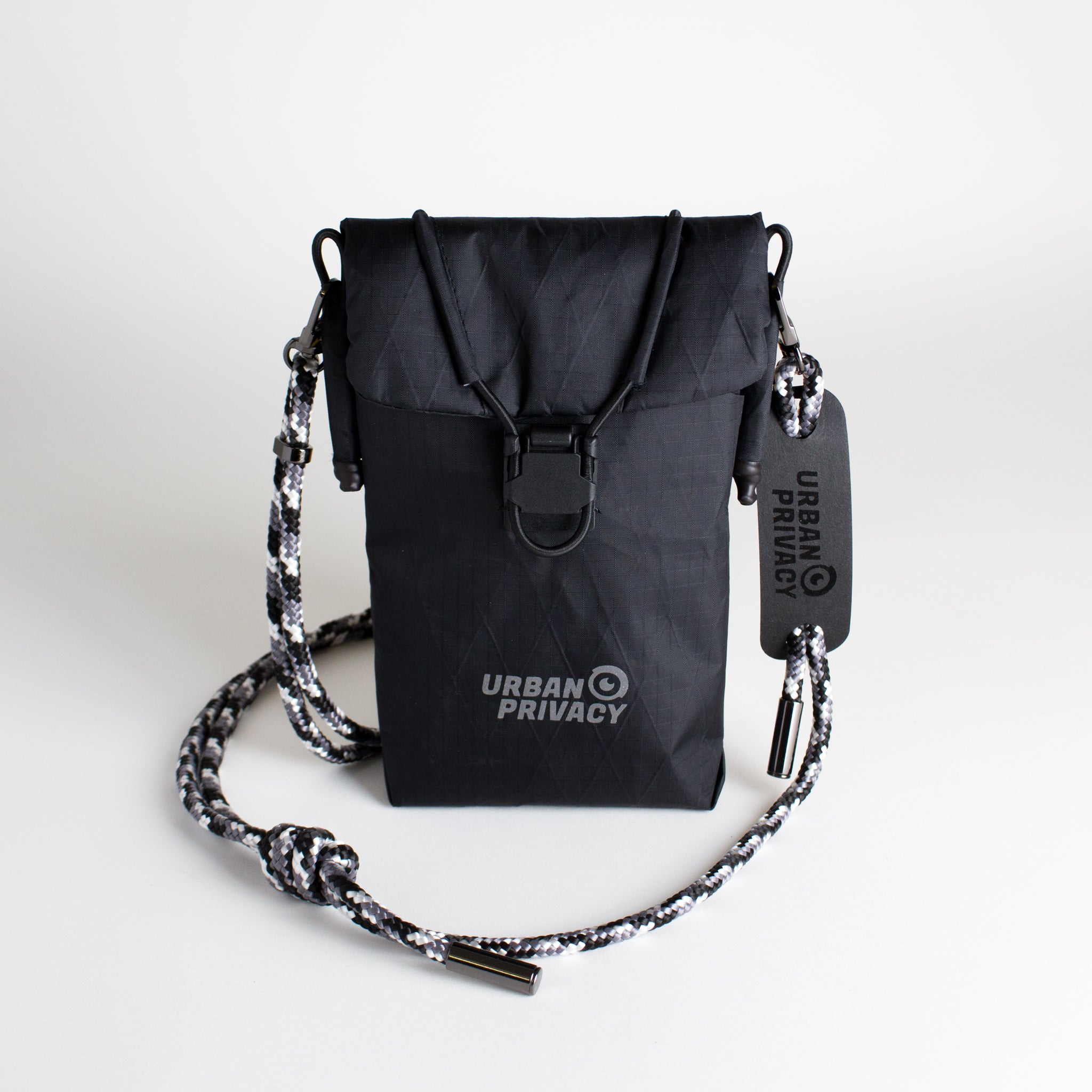
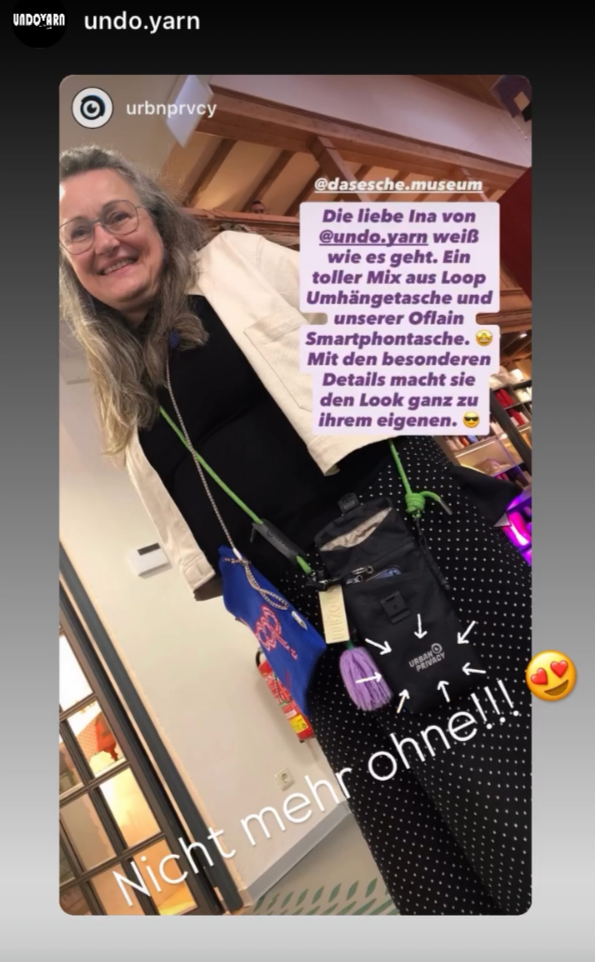
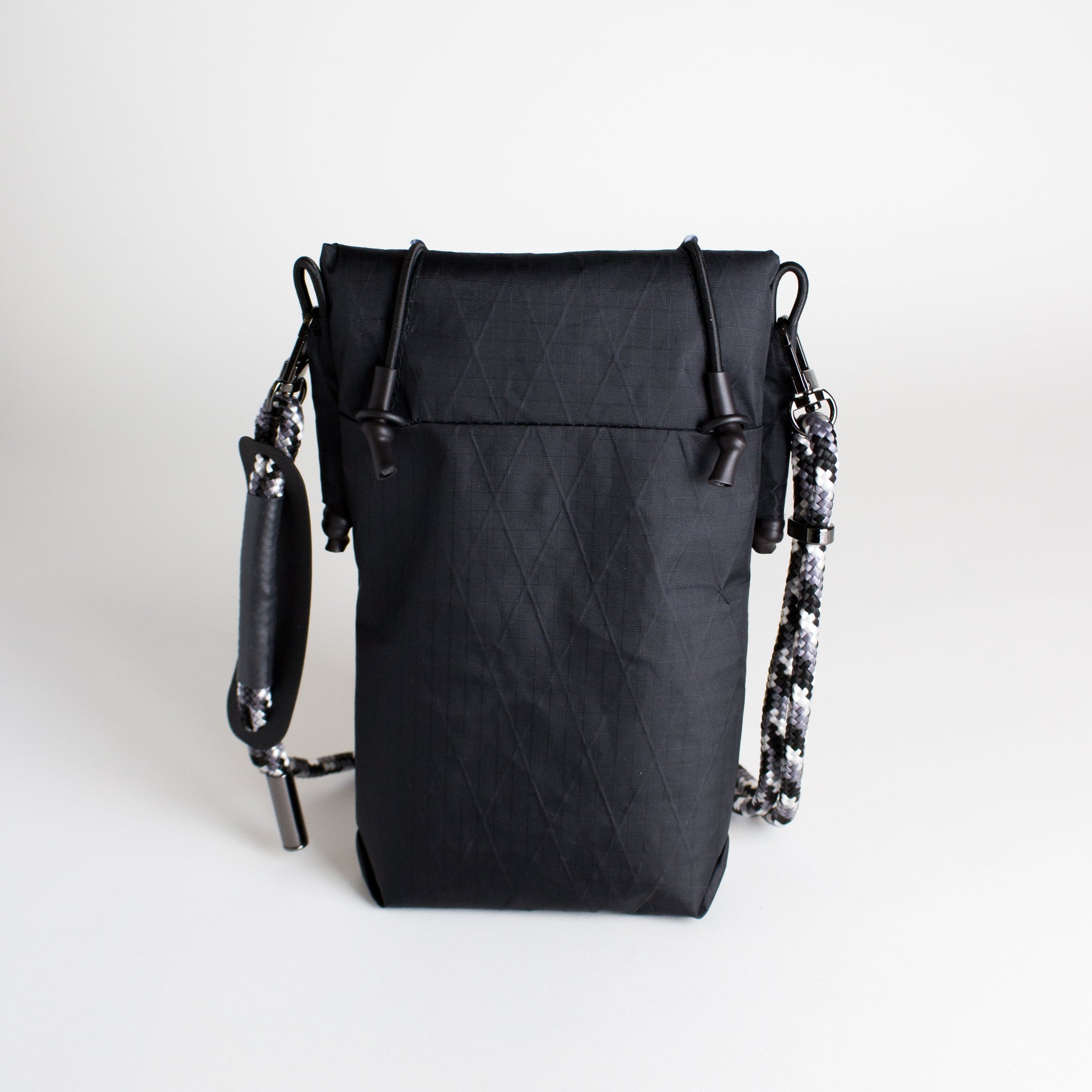

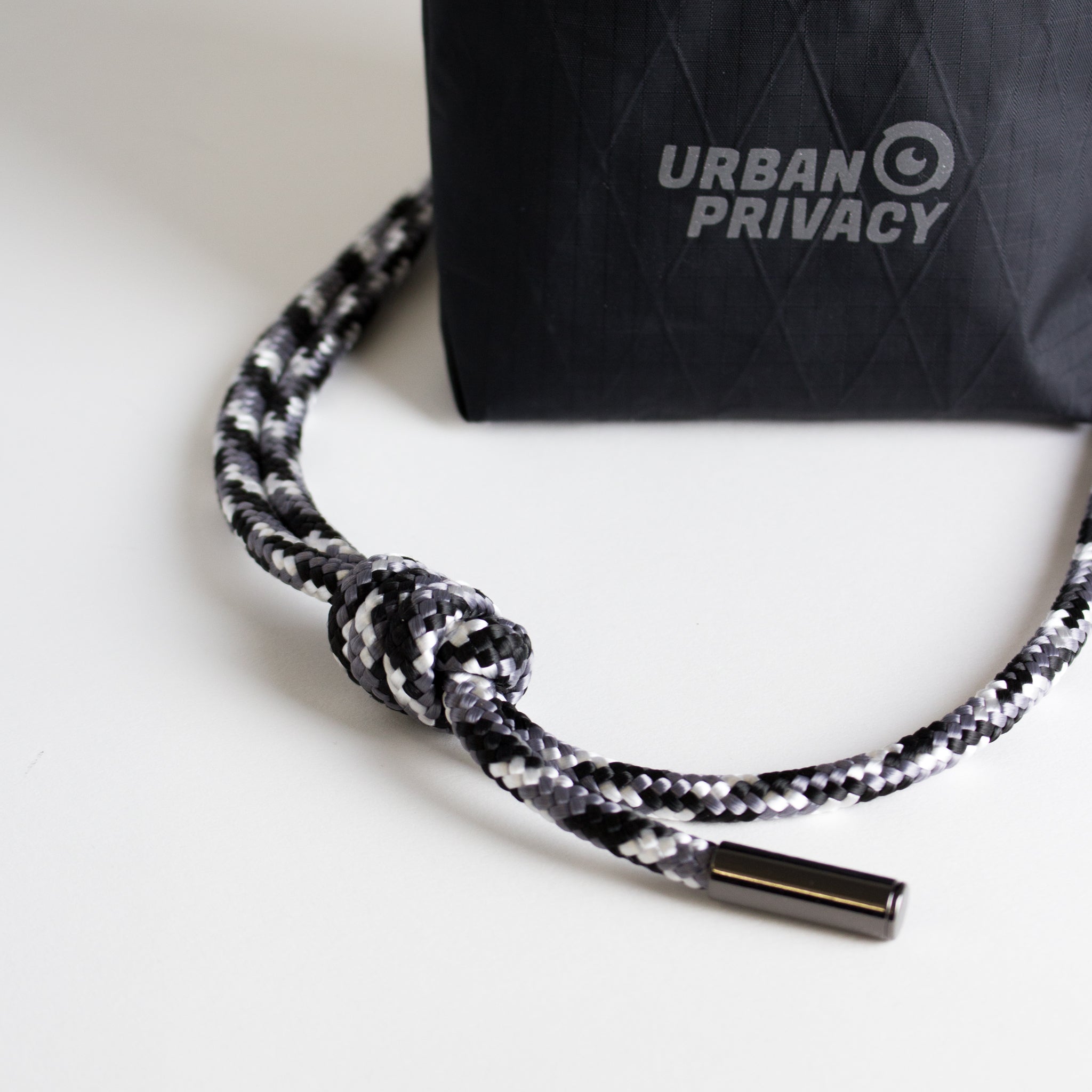
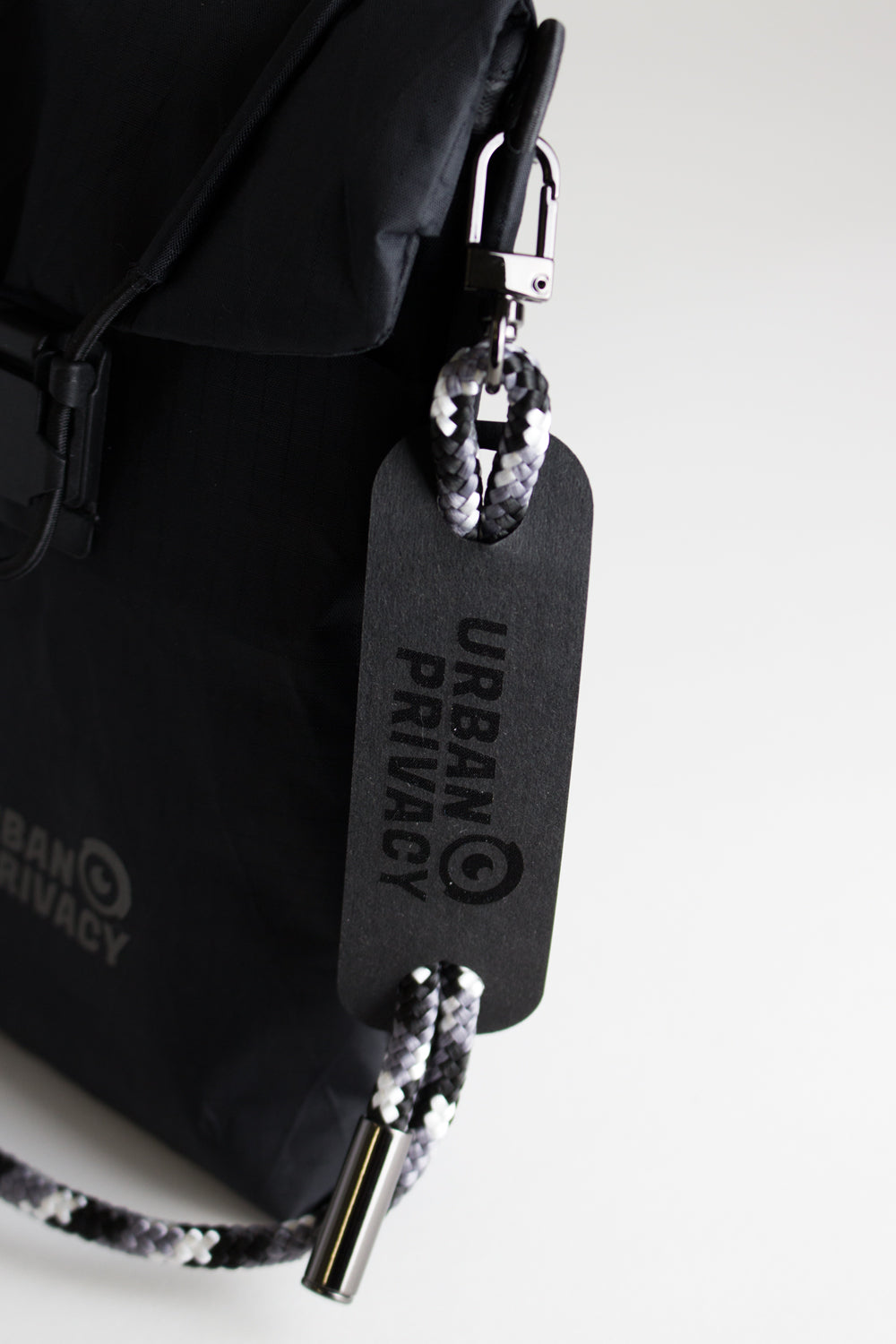
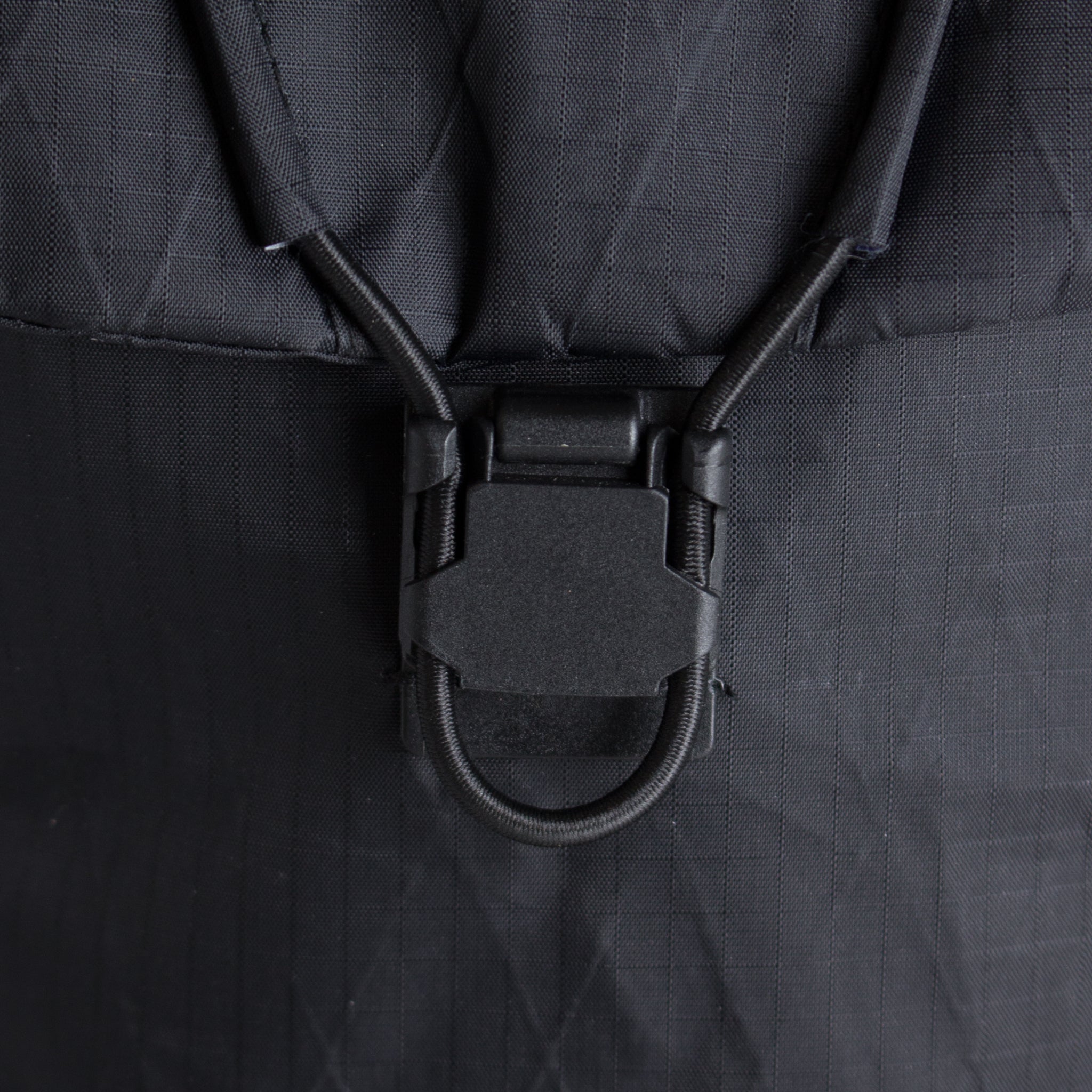
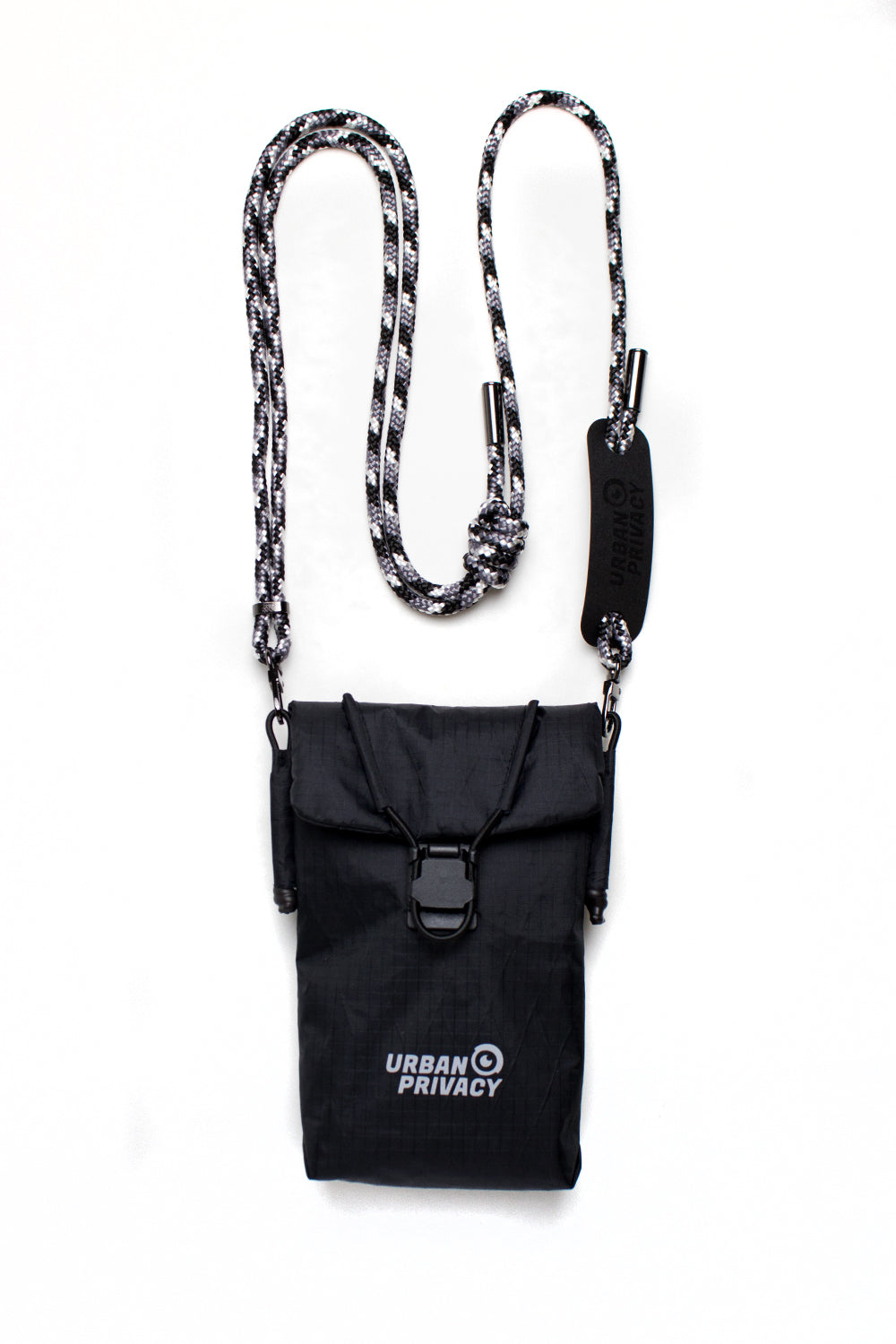
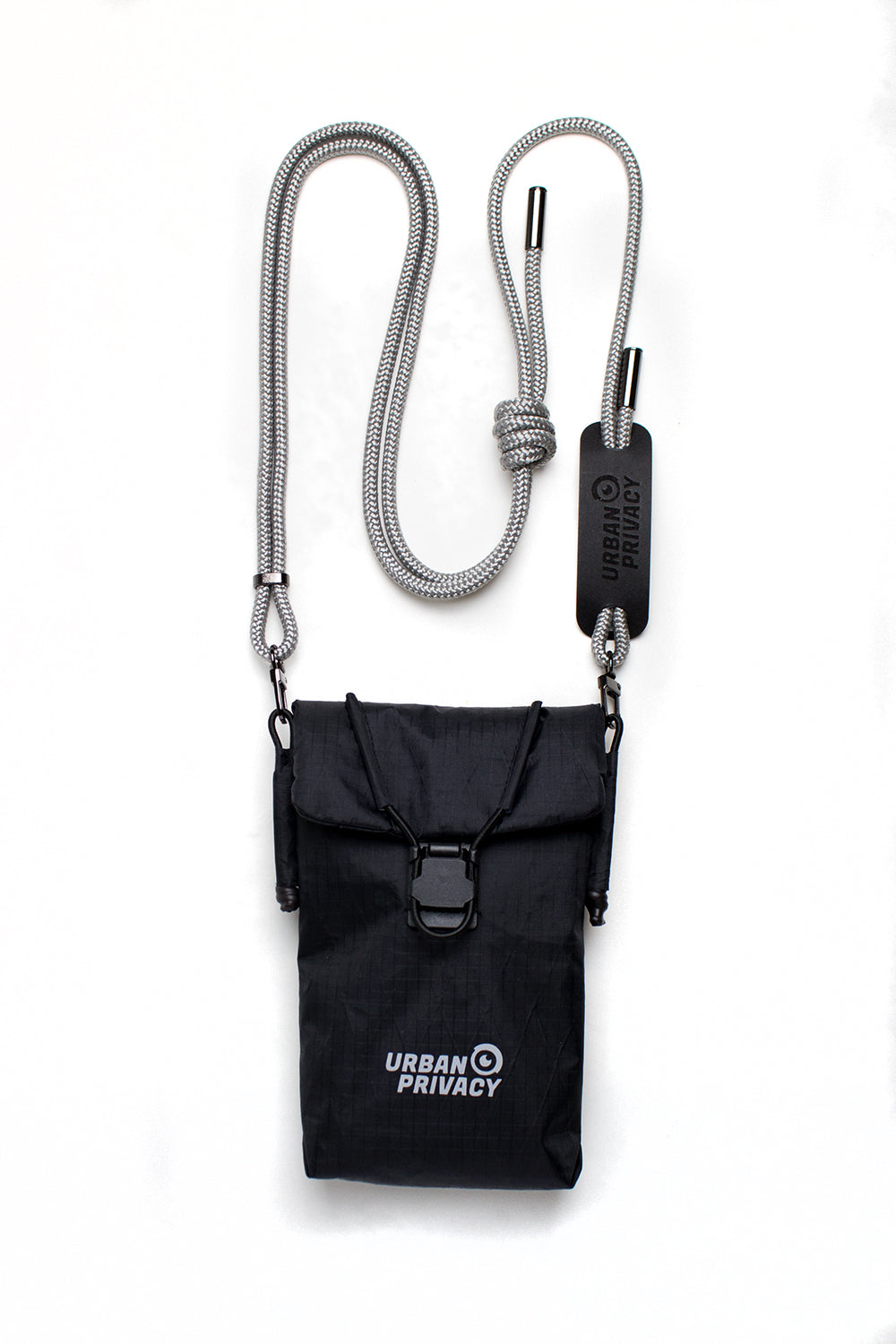
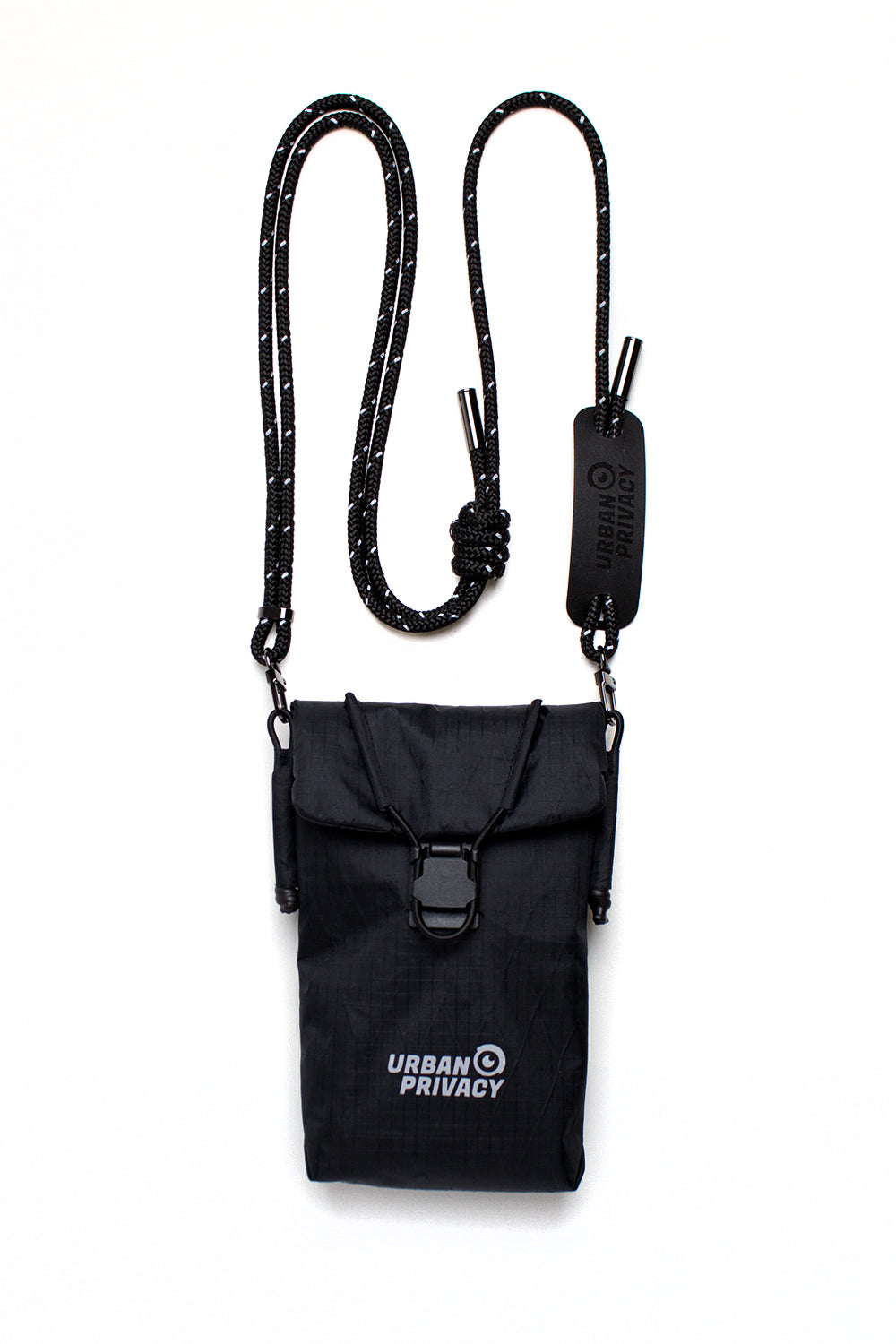
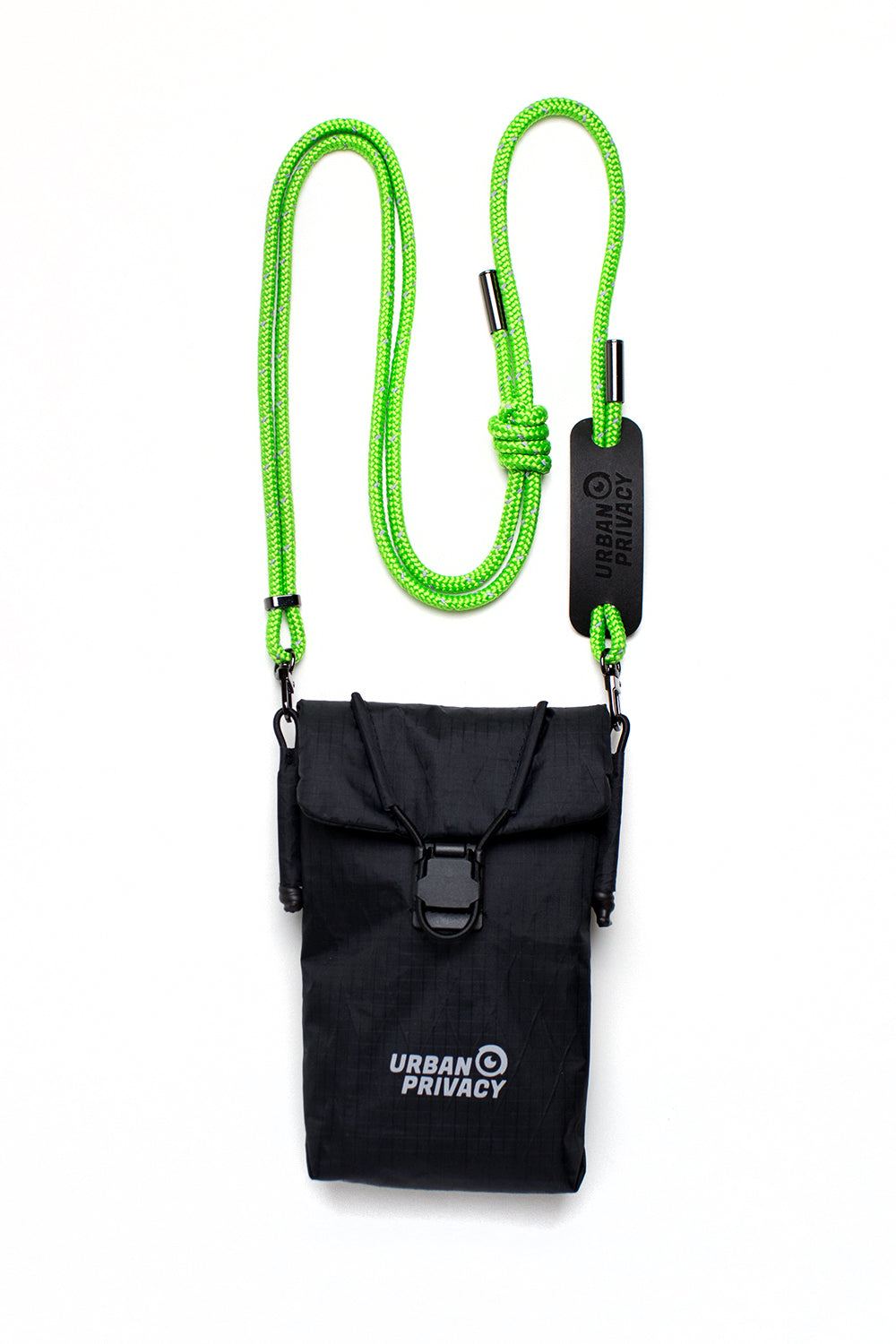
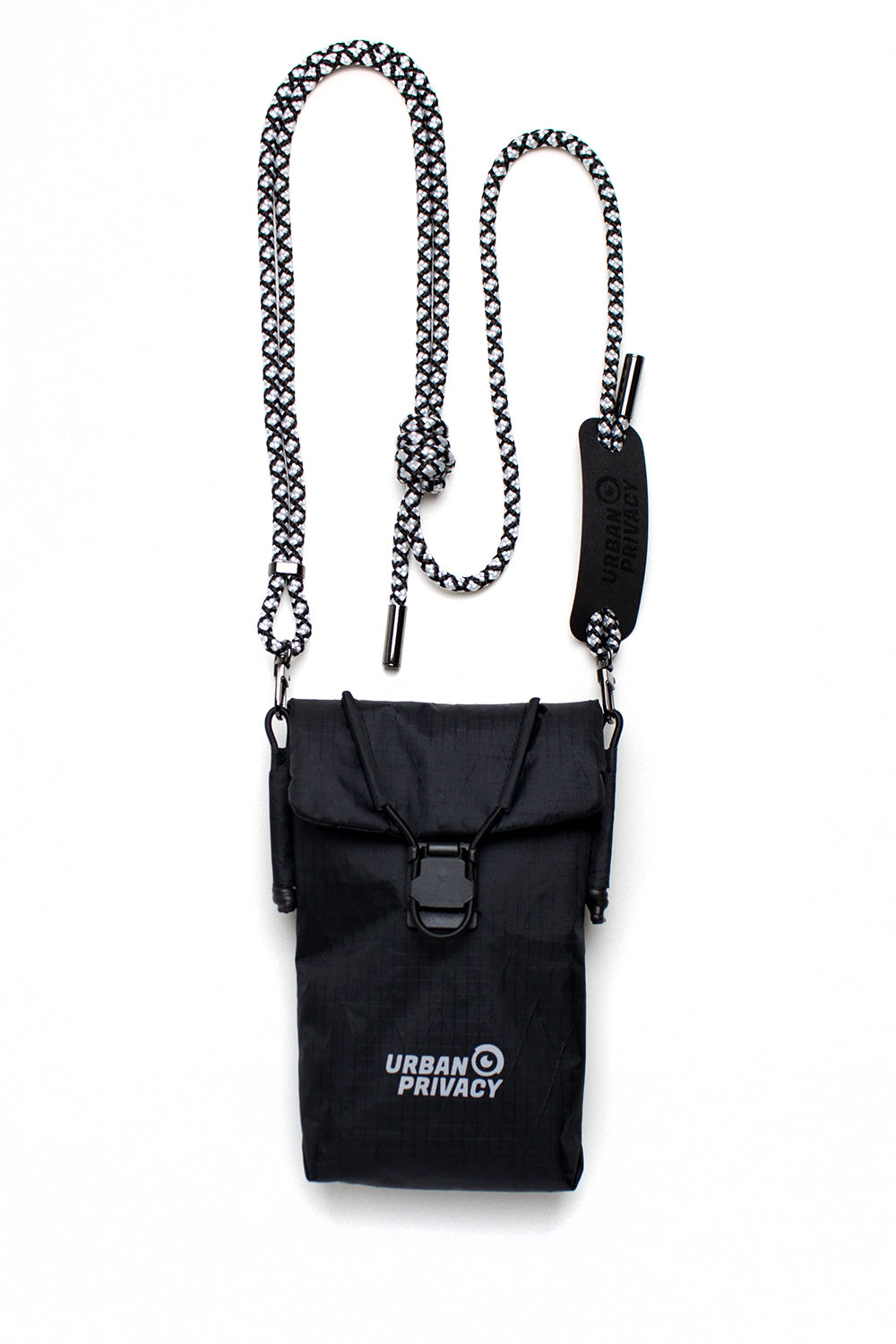
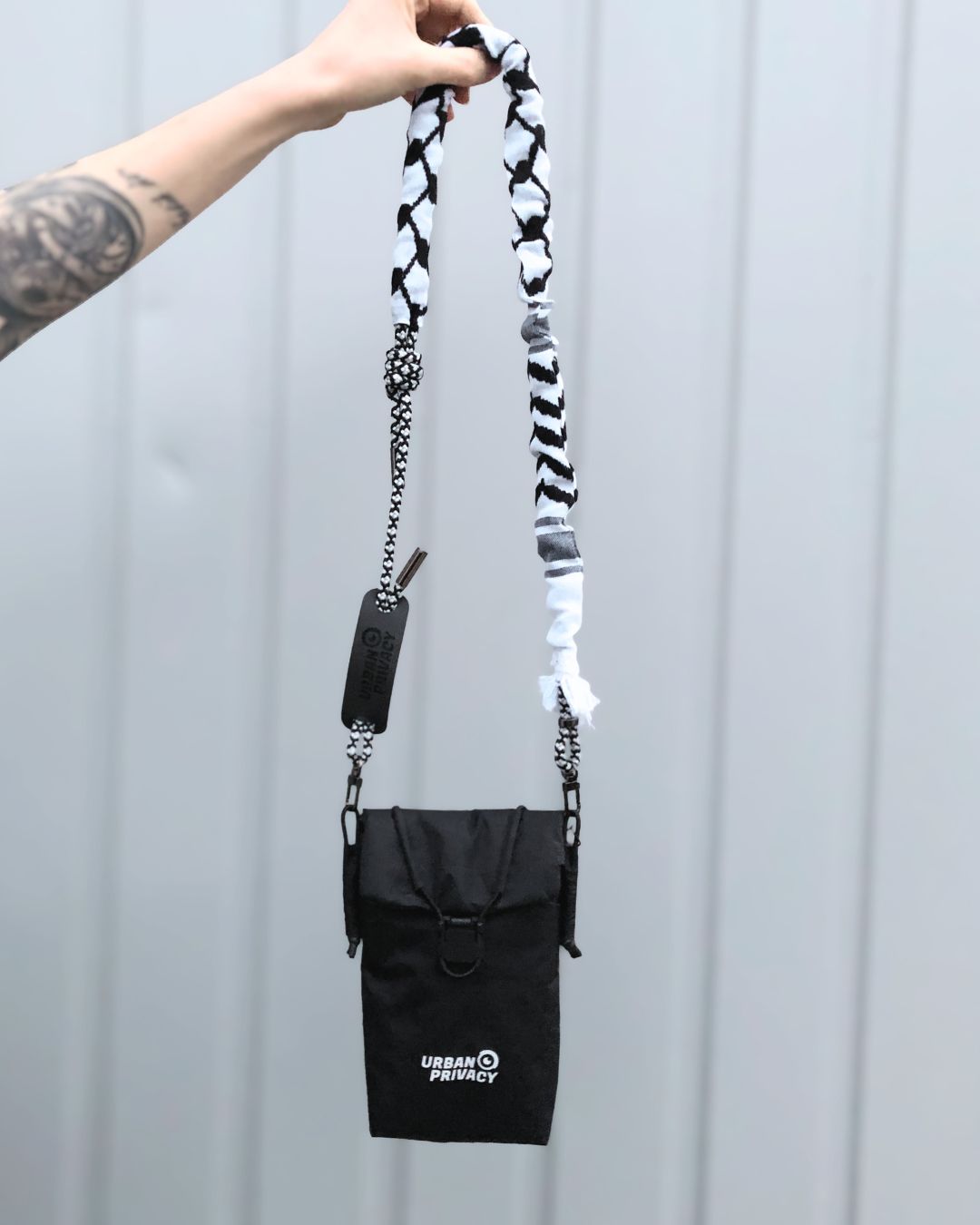
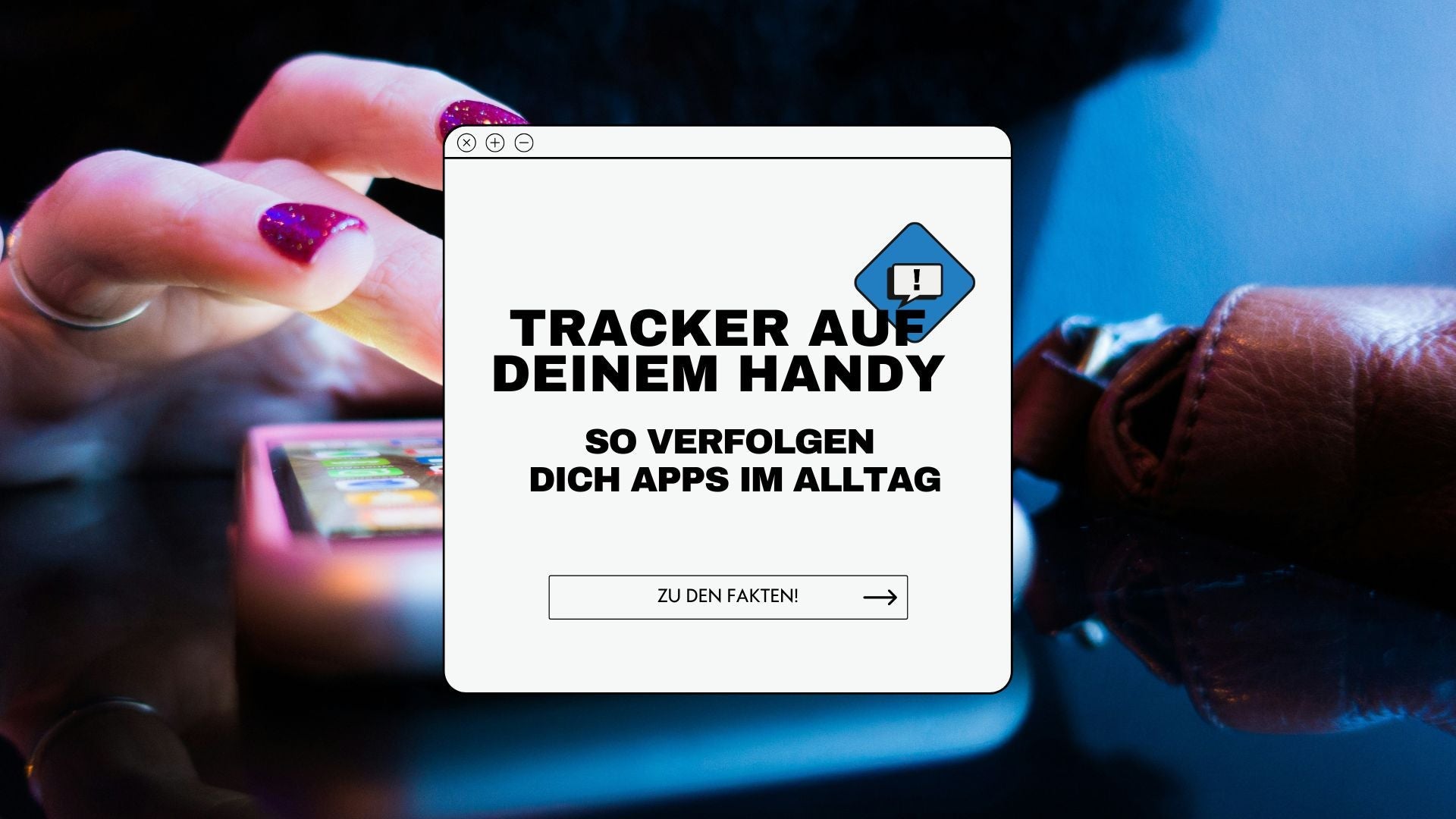
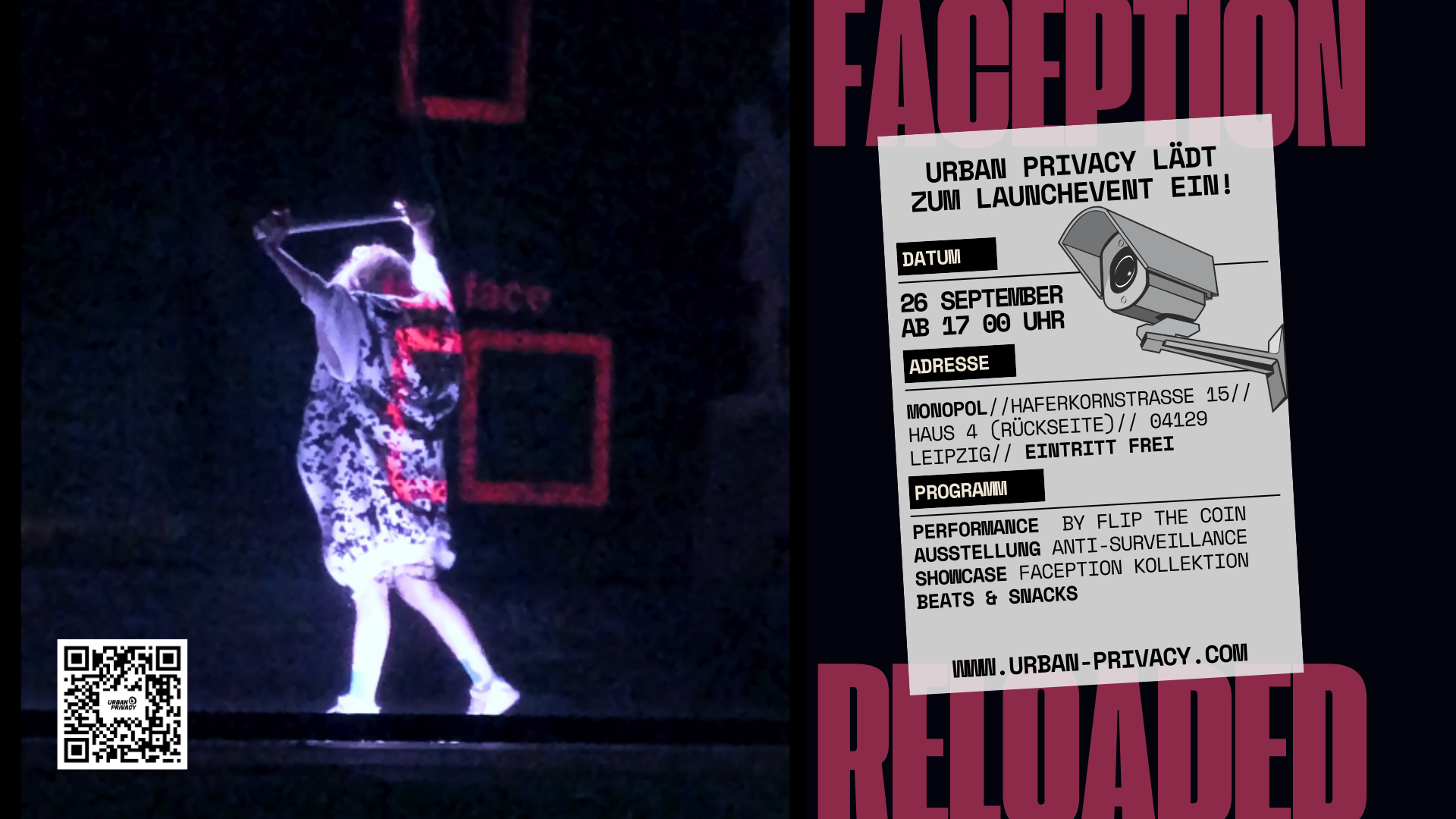

Comments